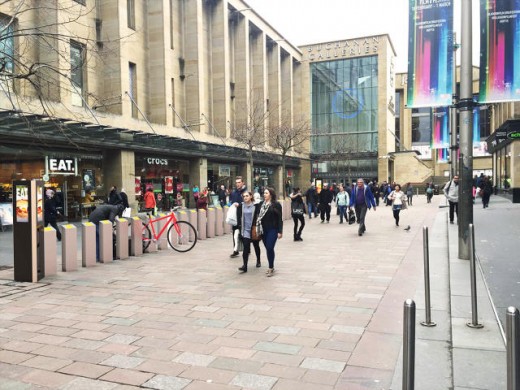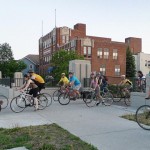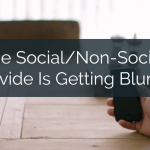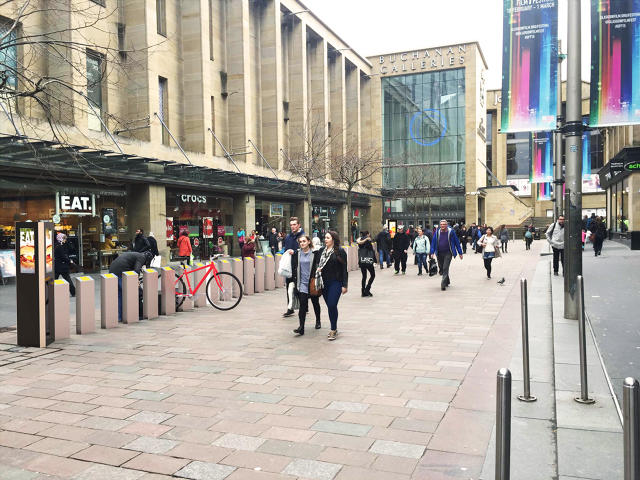What if you happen to did not desire a Bike Lock, because the Bike Rack Locked Your Bike For You?
Cyclists don’t need to lug around locks heavy enough to actually give protection to their bikes. that’s why this bike rack includes the lock, so all you want is a key.
may 6, 2015
After his bike was once stolen, product design student Mason Holden began combing Amazon for a greater lock. the issue: It didn’t exist. Even the best lock in the marketplace was simply breakable with a couple of easy tools. So Holden teamed up with fellow Glasgow school of art scholar Daniel Harking to design an alternate.
The heavier a bike lock, the simpler it works. however considering that cyclists do not wish to lug around an enormous lock—one extremely rated lock weighs eleven kilos, and it still can’t stand as much as a hacksaw—the designers took another method. What if the cyclists didn’t carry a lock in any respect?
“the best way we noticed the problem was that there is a restrict to the burden cyclists are willing to carry, and that’s the restrict of bicycle security,” says Harking. “when you look at one thing like a house or automobile, the lock is mounted in location, you take the key with you. you do not see someone going round locking their automobile with a padlock. So we started to have a look at the option if what if the lock wasn’t with the bike owner, however moderately fixed in position.”
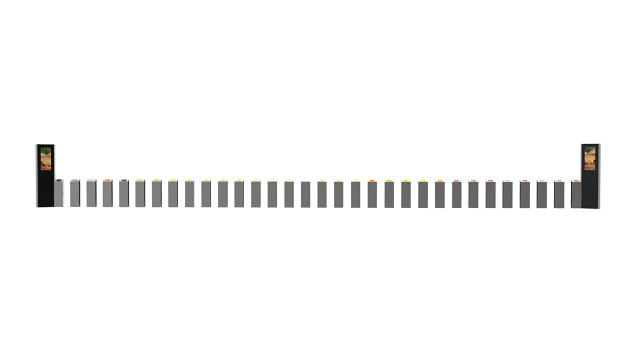
within the new design, known as the BikeVault, the lock is built into the bike rack. With the swipe of a card, the rack prompts and slides an enormous bar thru your bike body and back wheel. unless you come and swipe again, the bike isn’t going anyplace. it can be like a sturdier model of the Publock, some other scholar bike rack design that also uses a card to spark off.
The rack was designed to appear better than the standard industrial metal loops. “when you look at existing bike racks, they are now not really boulevard furniture, simply big unpleasant issues,” says Harking. “We worked with architects who instructed us every time they’re planning a public space, they at all times plan for the bike racks to be out of sight. We had been acutely aware of the truth that if you make the rack extra visually interesting, planners can be extra likely to put it in more distinguished areas.”
That has crucial benefit: The more public the gap, the less doubtless a thief is to take a look at to take off other removable parts like a gentle, saddle, or a handy guide a rough-liberate entrance wheel. “clearly thieves do not like an audience,” Harking says. “with the aid of making the construction more interesting, it provides this social part of protection.”

although the rack is considerably dearer to make than the standard alternative, it can be designed to be free to use and free for cities to put in and maintain. Funding would come from lcd promotion at every finish of the rack.
“in case you look at a company like fb or Google, they enforce these truly expensive, excessive analysis and construction finances tasks, and free up these without spending a dime, financed via promoting,” says Harking. “We roughly realized that is by no means been executed with a bodily product.”
They hope for the rack to cycle via six commercials a minute, working for four weeks. In two months, the staff calculates that the merchandising might pay back the price of installation—after which revenues will likely be used to fund a new rack somewhere else. unlike bike share programs subsidized through a single firm, they consider that an perpetually changing collection of ads can be extra interesting, and in a roundabout way more a success, for each consumers and advertisers.
in fact, except the racks are ubiquitous all the way through cities, bike riders will still have to hold locks. “individuals will still lift locks, but when they use ours, it is just a lot more steady,” Harking says. If the racks spread as planned, sooner or later person locks would possibly grow to be a factor of the prior.
Harking compares it to the shift from cash to plastic. “when you go back to the early ’90s, a lot of people carried money around because they worked on the belief that there is probably not an ATM, or the bar that they will would possibly not take credit cards,” he says. “Over time, people now work on the idea that there will likely be card amenities. i think one thing like this takes time to shift.”
(143)

